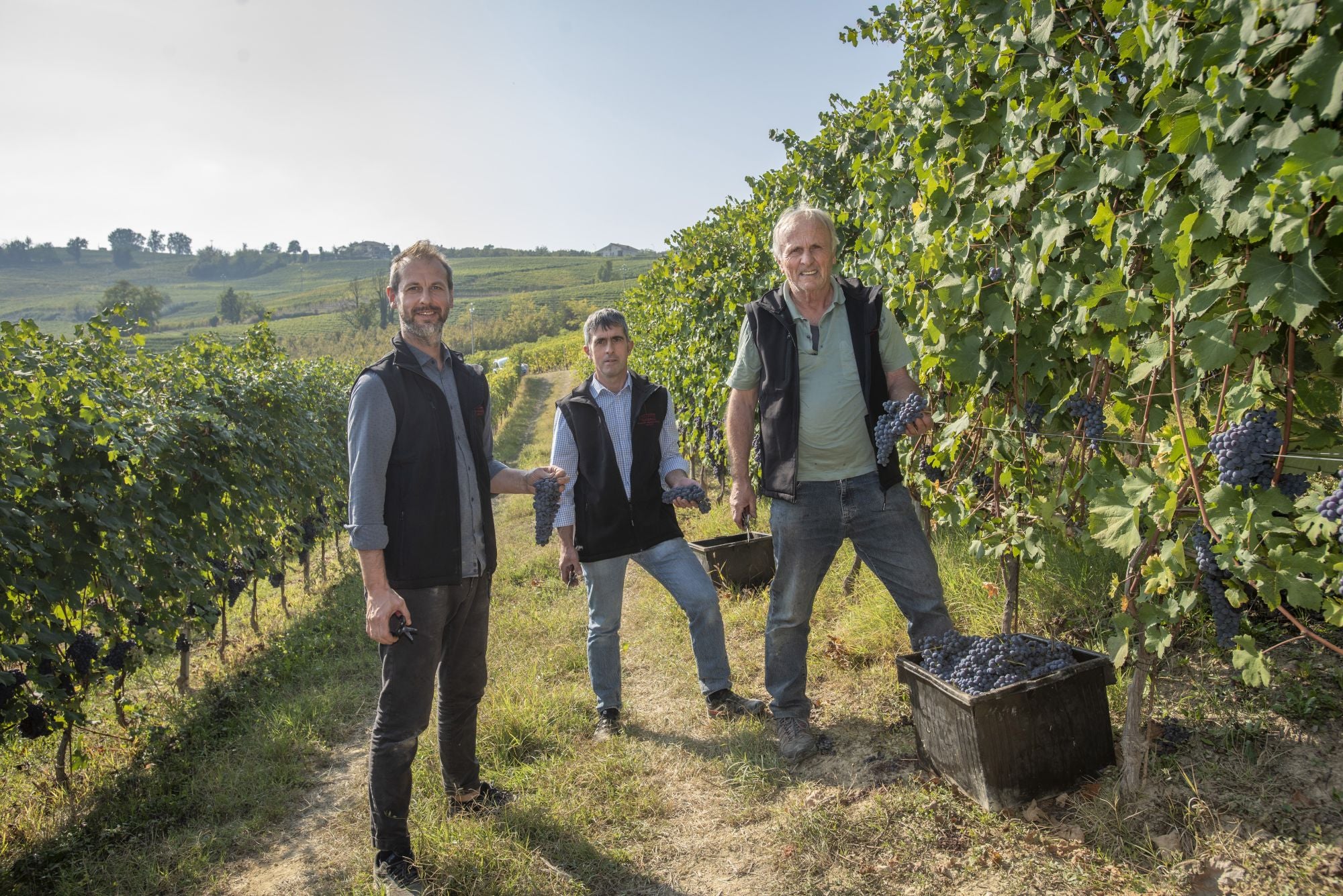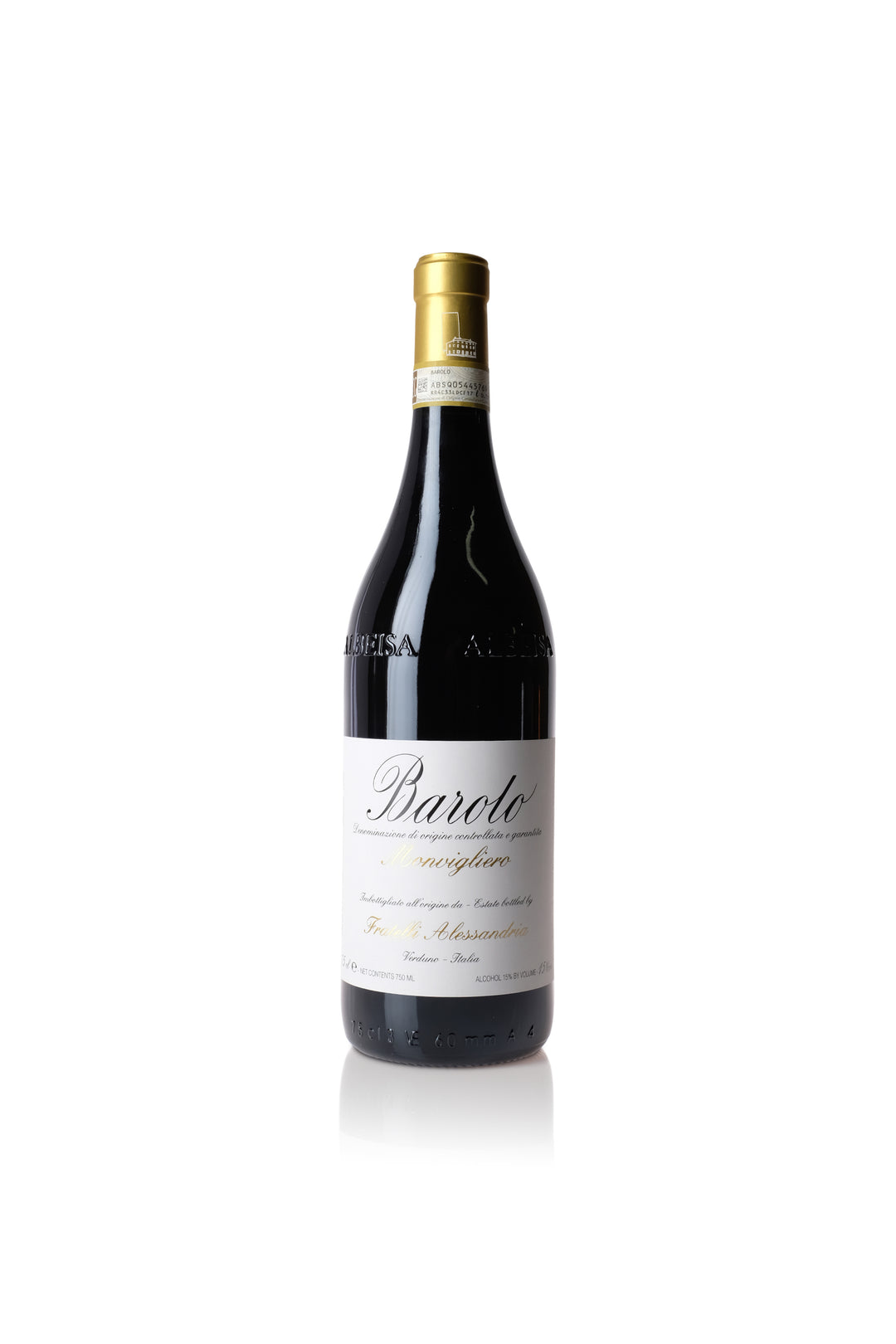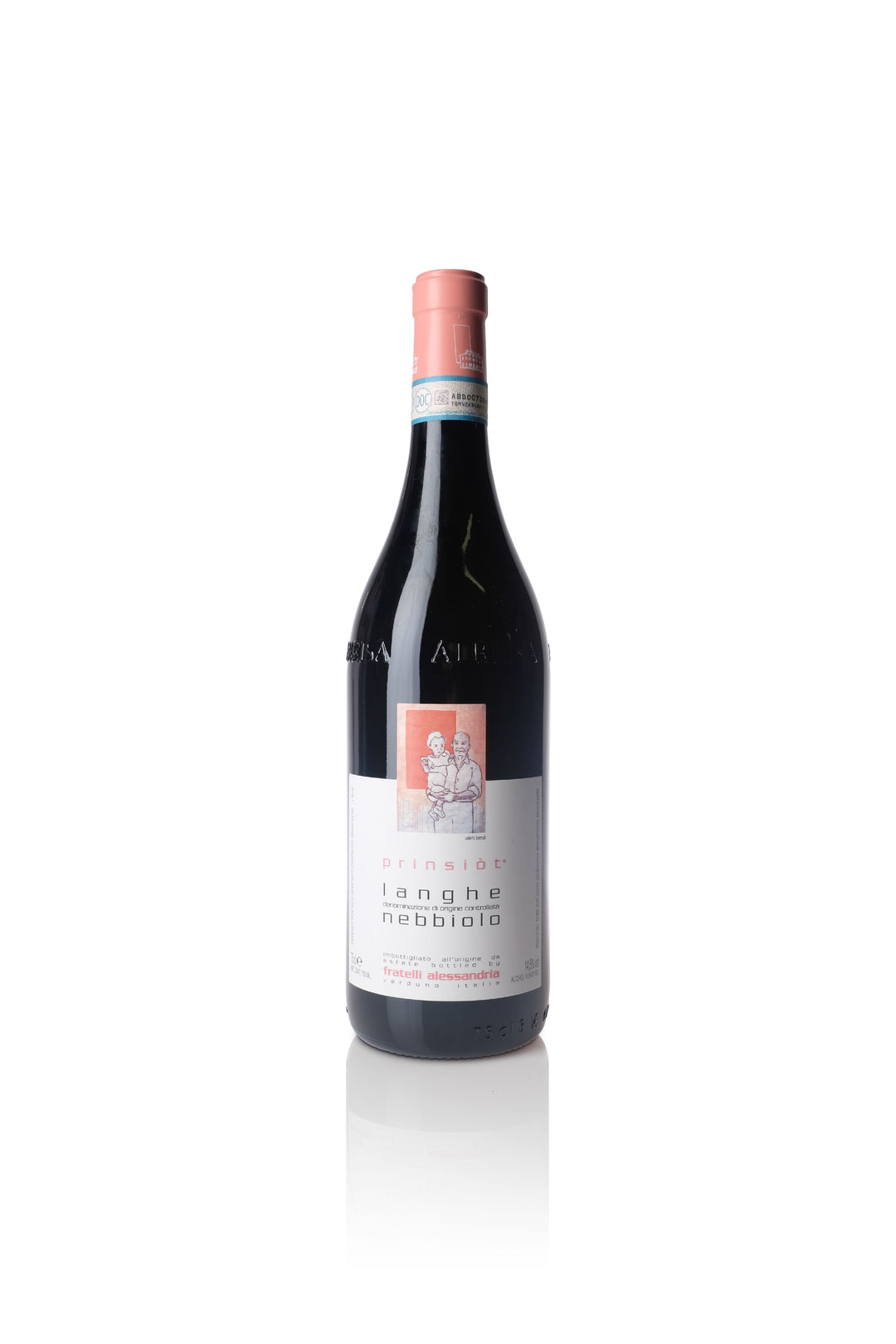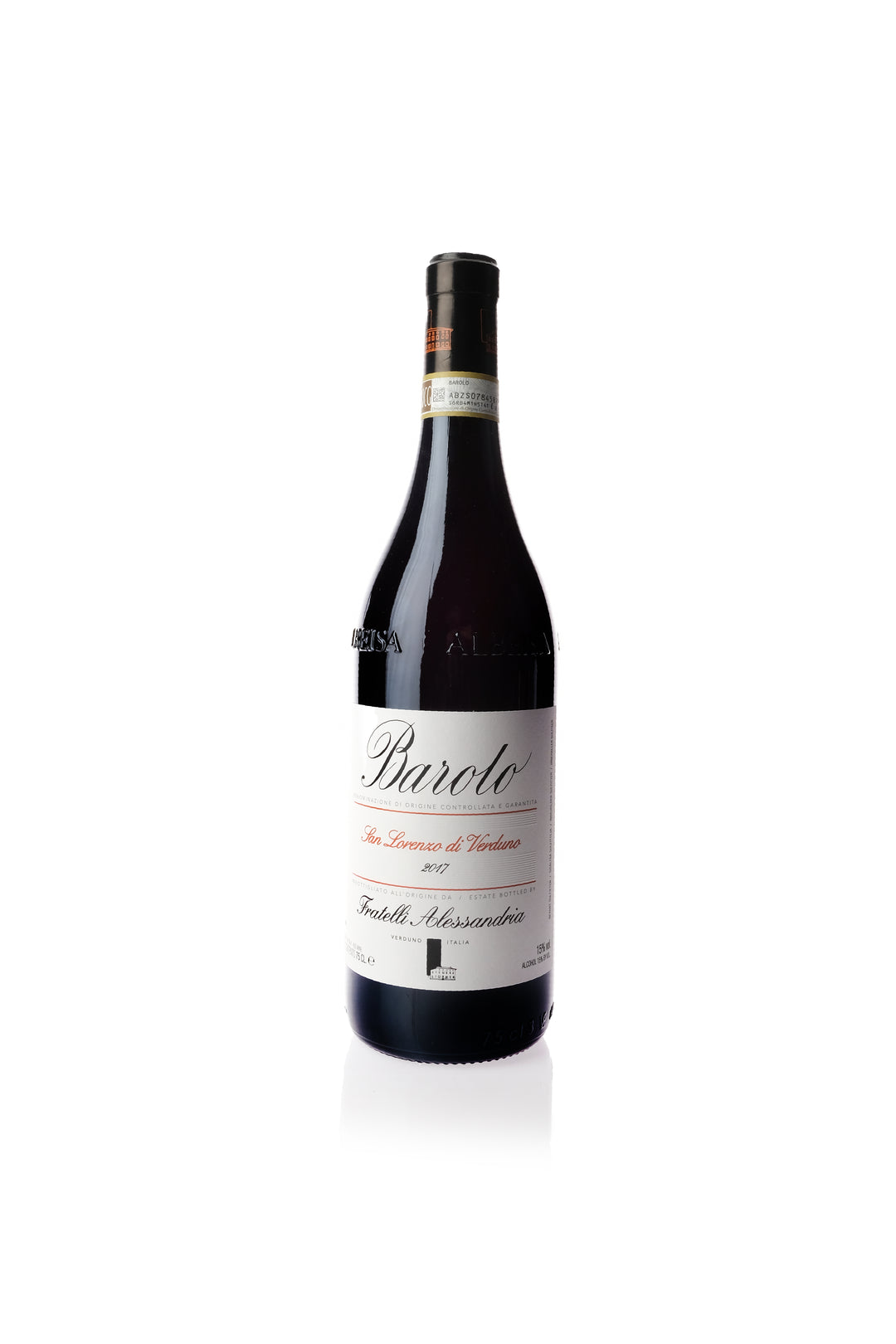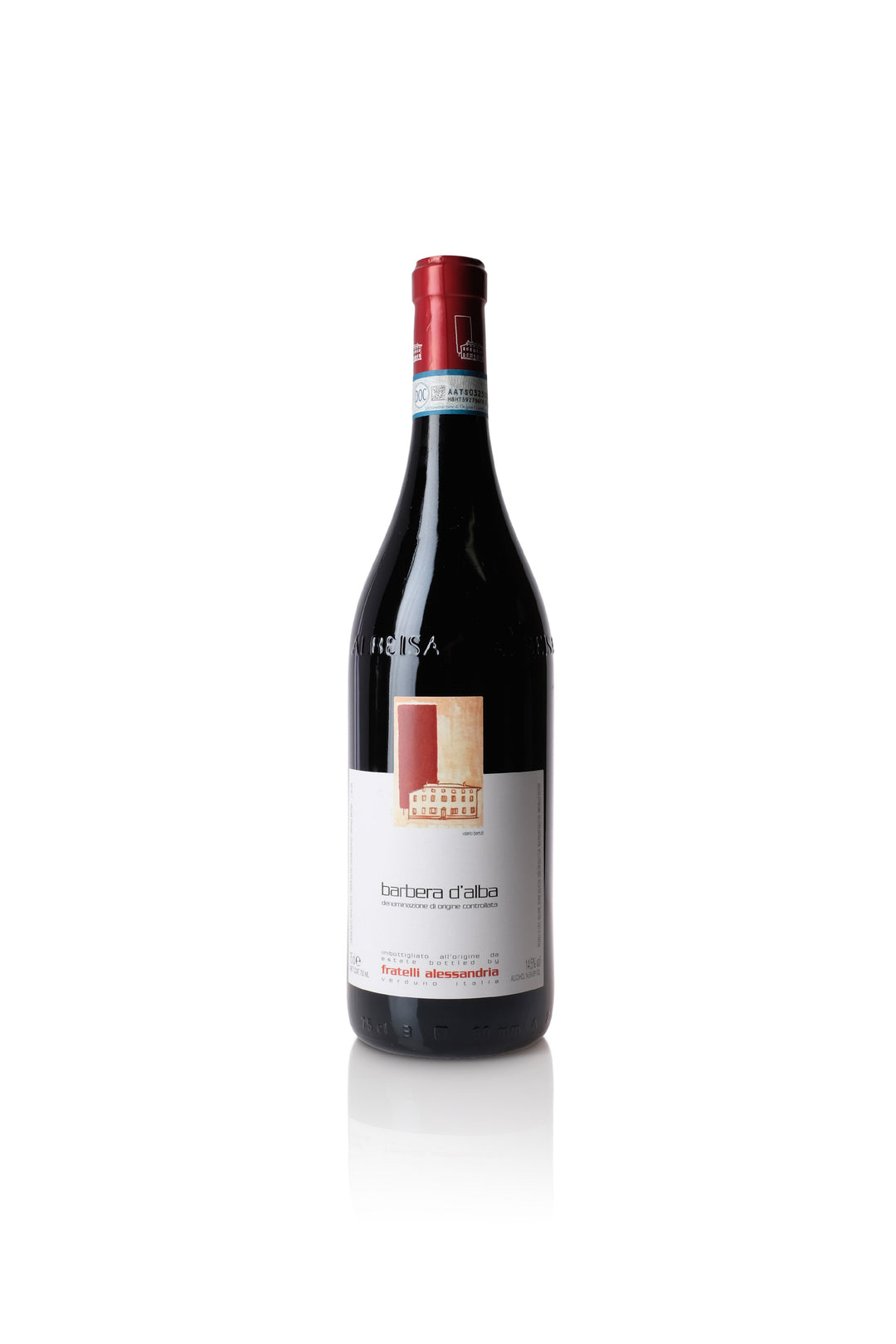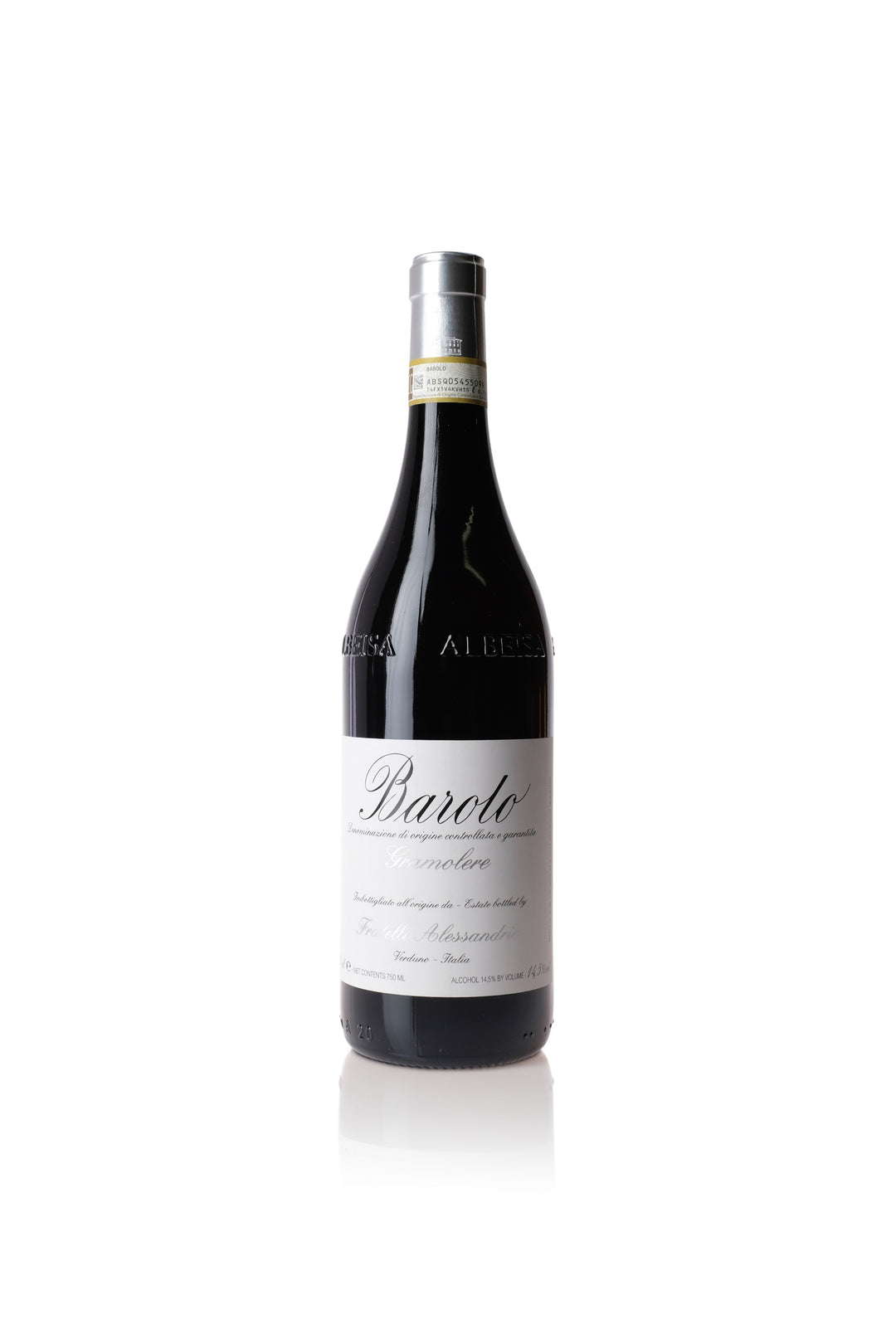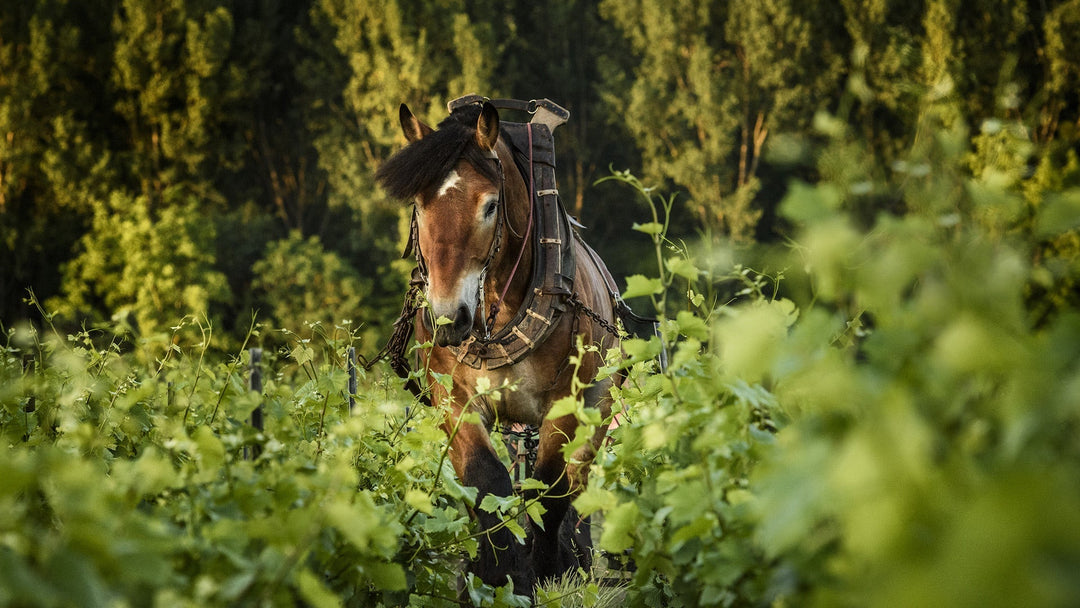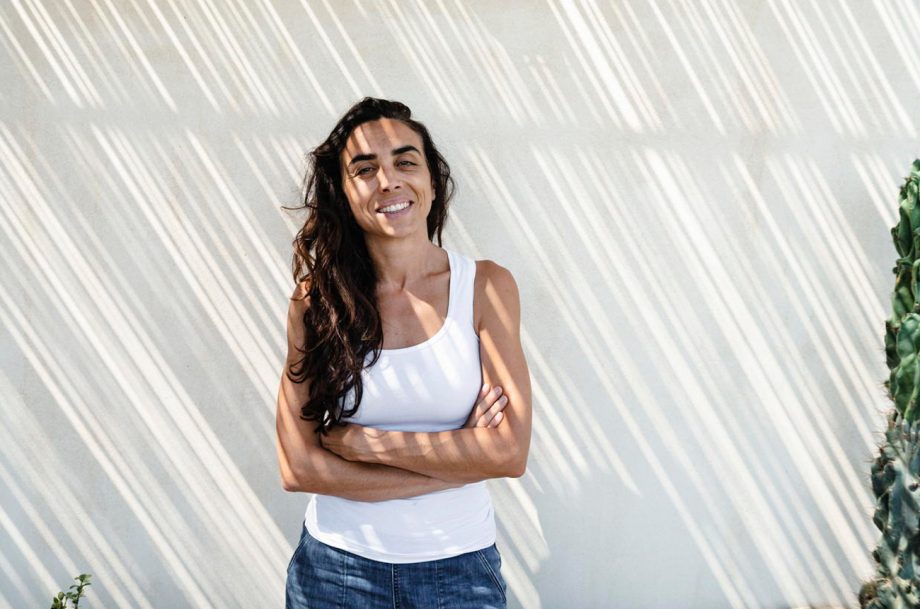FRATELLI ALESSANDRIA
Verduno, Barolo's Hidden Gem
A few years back, I had the pleasure of renting a home just outside of Verduno in the Barolo region of Piedmont. Though Barolo is recognized worldwide for its wines and truffles, these culinary and viticultural delights only scratch the surface in terms of the region’s treasures. The story goes much deeper: into the soil and the villages of this distinguished area. In the wine world we know Barolo di Barolo as the town, but there are other hidden gems here. Each village and hillside has unique terroir and its own culture and personality. The first wine rule I live by is “producer, producer, producer,” but the second is “location.” Just as we all have our own taste in music and cars, wine is quite personal. That’s also why I advocate for discovering your personal taste versus simply following what others consider good or bad.
This leads me back to our trip in October of 2016, during harvest, staying in the house in Verduno. The backyard had an astonishingly cold pool; it became a good way to forget about the wine from the night before with a morning polar bear plunge. Just past the pool was a vineyard. At the time we booked the home, I had no idea that the exact location would turn out to be so fortuitous. The particular vineyard was part of the famed “Monvigliero” of Verduno, and a vineyard from which only a few producers can make world class wines. Verduno is unique as it is on the backside of the Village of La Morra. It’s somewhat protected, staying a bit cooler than some of the other villages. Verduno is gaining considerable adoration in wine circles as the vineyards here produce wines that are more approachable than other areas of Barolo. The tannins are softer, the fruit is more delicate but the wines still have the unmistakable characteristics that make nebbiolo such a romantic and distinct wine. The Verduno wines radiate dried roses, cedar, and citrus oil complemented by leather and tobacco. As I tell wine drinkers when diving into Nebbiolo, it reminds me of my grandmother's house as a child. She was a passionate gardener, always drying petals and keeping potpourri in jars around the house.
Fratelli Alessandria is one of the stars of Verduno. There is a deep understanding of how to work the vines in the marl soils they call “Sant’Agata,” a mixture of silt, limestone and sand. These complex soils give the wines its notable elegance. The Alessandria family first released their wine in 1978. Their style has always been classic, along with the grapes of the region; they never shifted towards a modernist hand. Old casks are used 90% of the time, showcasing fruit from the vineyards rather than flavors of winemaking.
The estate is located in the heart of the town of Verduno in an 18th century house with simple bones. The current estate was founded about 40 years ago, but the agricultural history of the estate dates back further. There are awards for agriculture from King Carlo Alberto dating back to 1843.
Though Nebbiolo makes the sought after wines of Barolo, the other aspect I love about Fratelli Alessandria is their focus on a grape only grown in Verduno—Pelaverga. It’s light and fruity with subtle herbal notes; playful and light-hearted. It’s a rare grape difficult to find outside of Verduno, but a welcome alternative to what we know as Barolo.
I hope you’ll enjoy these spectacular wines and adventure into something similar to but different from the typical Barolos. And hopefully one day soon, we can walk vineyards in person instead of simply dreaming and remembering.
By Kevin Hart - Founder, Hart & Cru
FRATELLI ALESSANDRIA, BAROLO "MONVIGLIERO"
Monvigliero is famed as the most prestigious vineyard in Verduno and representative of the entire Barolo area. It is often called the “Grand Cru” of Verduno with vines 45 years in age. The wine undergoes three years in Slavonian oak, two months in steel, and finally six months in bottle. We were fortunate to have visited this vineyard during harvest season several years back.
FRATELLI ALESSANDRIA, BAROLO "SAN LORENZO"
San Lorenzo is a single cru of the commune of Verduno, where the Alessandria family estate dwells. The vineyard has a high altitude averaging 250 meters and vines average 25 years in age. The wine undergoes three years in Slavonian oak, two months in steel, and finally six months in bottle. The San Lorenzo is the epitome of floral tones and elegance.
FRATELLI ALESSANDRIA, BAROLO "GRAMOLERE"
While most of the domain's vineyards are located in Verduno, the Gramolere cru is located in the neighboring Monforte d’Alba. It’s a different expression of Barolo than expected from Fratelli Alessandria; a wine of structure and character.
FRATELLI ALESSANDRIA, BAROLO
This Barolo showcases the harmony of the blending style that is classic to the region. Today’s Baroli are more often made into a cru style, this bottle is a blend of several vineyards from Monforte d’Alba and Verduno. It is aged and cellared in the winery’s standard way: three years in Slavonian oak, two months in steel, and six months in bottle.
FRATELLI ALESSANDRIA, LANGHE NEBBIOLO PRINSIOT
This bottle is classified as Langhe Nebbiolo DOC and comes from three different vineyard sites. About one third of the vines are actually Nebbiolo from declassified Barolo vineyards in Verduno. Soils there are a mixture of limestone and clay with a high amount of limestone. The wine aged for ten months in older French and Slavonian casks, two months in tank and three months in bottle.
FRATELLI ALESSANDRIA, VERDUNO PELAVERGA SPEZIALE
Pelaverga is a rare grape difficult to find outside of its home of Verduno, but a welcome alternative to what we know as Barolo. Many Barolo producers grow this playful and herbaceous red.
FRATELLI ALESSANDRIA, BARBERA D'ALBA
Barbera, the fruitier and more approachable variety of the region, comes from the commune of Verduno. This spends 5-7 months in steel or cement vats, then 1-2 months in bottle.
FRATELLI ALESSANDRIA, LANGHE FAVORITA
Favorita, as it’s known in Piedmont, is a distinct white grape variety But scientists say it is genetically identical to Vermentino—as it’s known in Sardinia. This a wine that will deliver freshness, minerality, and a whiff of floral.


